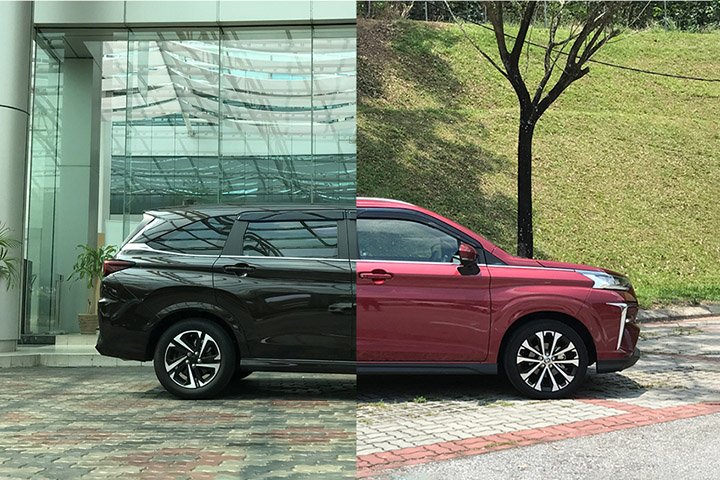
Perodua Alza or Toyota Veloz – is that even a debate? Lisa Kuok thinks there is – and why it’s worth paying the RM19,500
Is the Perodua Alza AV just a Toyota Veloz but cheaper? If it were so straightforward, there would need to deliberate, no review to write. The verdict: save the RM19,500, buy the Perodua, treat the family to an outing, bank in the change.
What’s the same?
They built on the same platform and are products from the Daihatsu stable. Other commonalities are size, 1.5 litre naturally-aspirated engine and D-CVT gearbox. They have adaptive LED headlights, the same passive safety features and advanced safety features like adaptive cruise control, collision warning, autonomous braking with pedestrian detection and rear cross traffic alert as well as lane keep assist. At face value, the only differences besides the price are ride height – the Alza is an MPV, the Veloz is a crossover – and their respective brand badges.
The interior layout is identical: seven-seaters with three rows of seats. The middle row seats are 40-60 split-foldable and accommodate three while the back, for two, is 50-50 split-foldable. The seats are on sliders so legroom is adjustable. Push the second row back fully and there is limousine-level legroom.
The doors open very wide so there’s ample manoeuvring space to get a pushchair or wheelchair in the open doorway, closer to the car while helping a child or less able-bodied person in and out. The large aperture also makes it easier to get bulky things, like child seats, in and out. The car is practical, versatile and good value for multi-generational households or people with very active lifestyles.
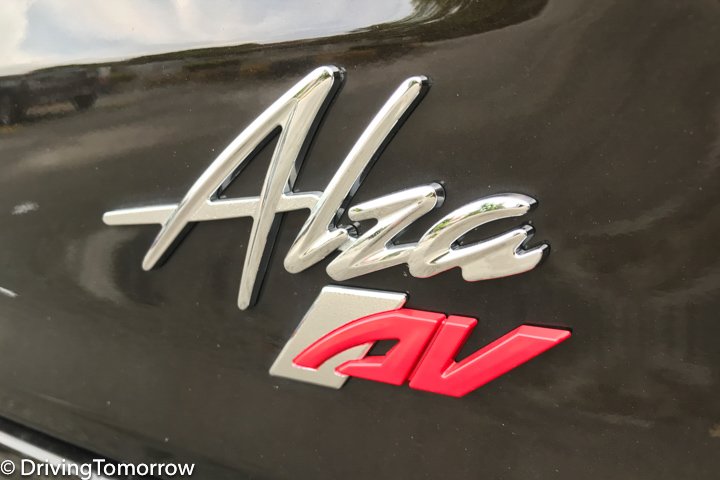


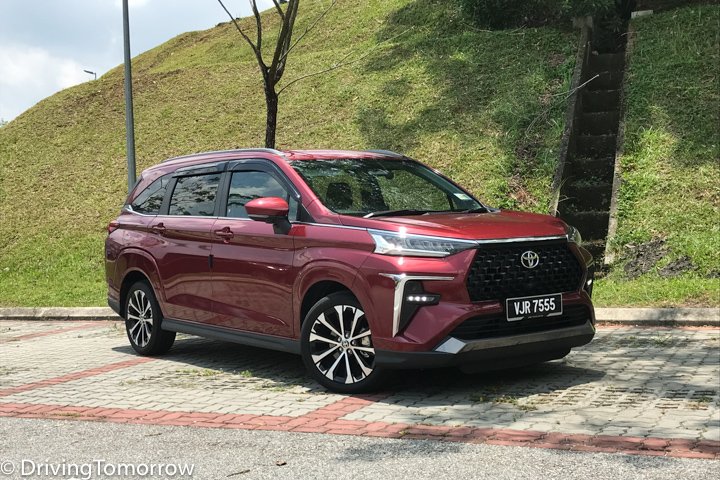
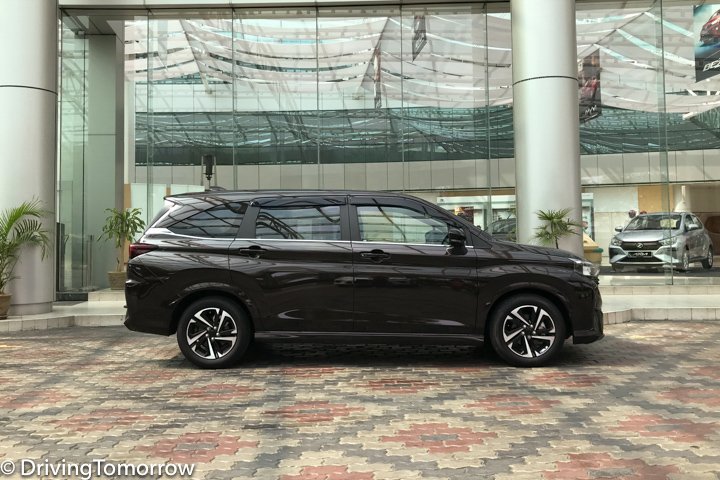

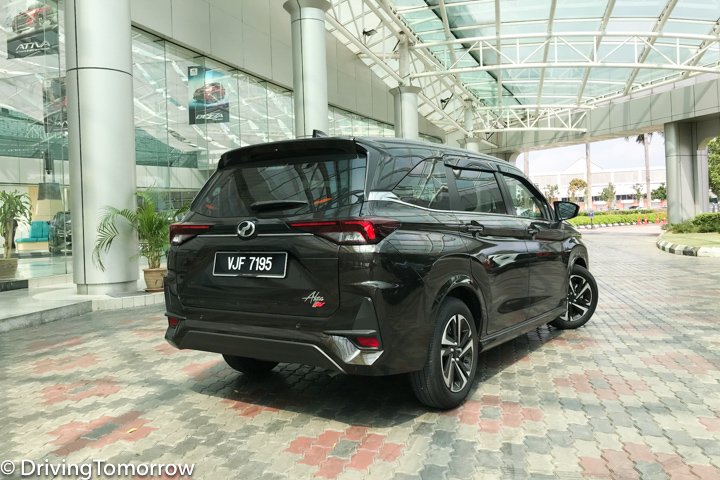

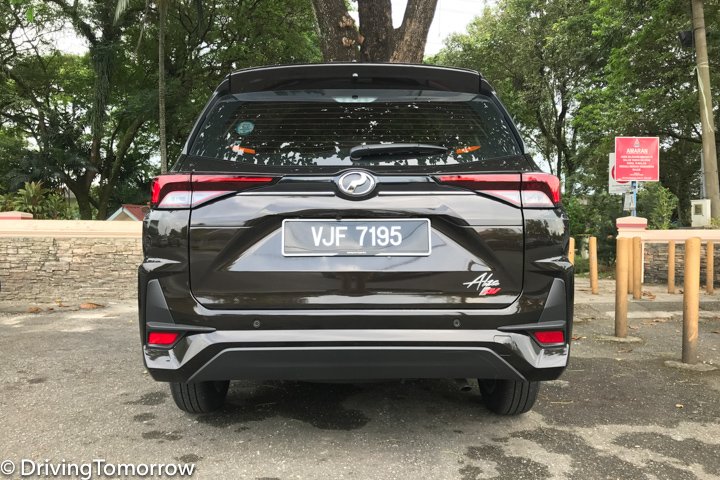
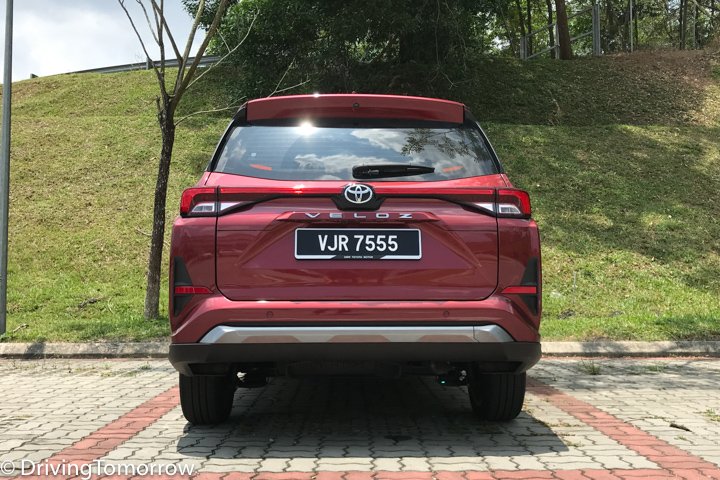
What’s different?
However, there are enough differences to make them sufficiently unalike despite their similarities: performance and handling, equipment and other factors, the latter of which, more later.
Same engine and gearbox but different gearing ratios give the two cars different driving performances. The lower riding Alza was slower to move in the low gears. This led to a tendency to over-rev as the Alza needed more pedal input to get going – keep up with the flow of urban traffic as the cars in front moved very quickly further and further away. On the other hand, the Veloz has more torque in first and second so it was more responsive and smoother when moving off from traffic lights, changing lanes and tackling general town traffic conditions. Both have a Drive button on the steering wheel for a quick gear drop and boost of torque on demand as well as to change drive modes between Eco, Normal and Power.
The rest of the differences are equipment. Alza has front fog lamps but no daytime running lights, while it’s the reverse with the Veloz. There’s a sporty-looking silver roof-rail on the Veloz that’s not on the Alza. A chrome garnish runs along the entire length of the size of the Veloz, from headlights to C-pillar. On the Alza, it starts from the front window sill. The Alza has 16-inch rims, the Veloz on 17-inch, different designs. They run on the same tyres, Toyo Proxes CR1.
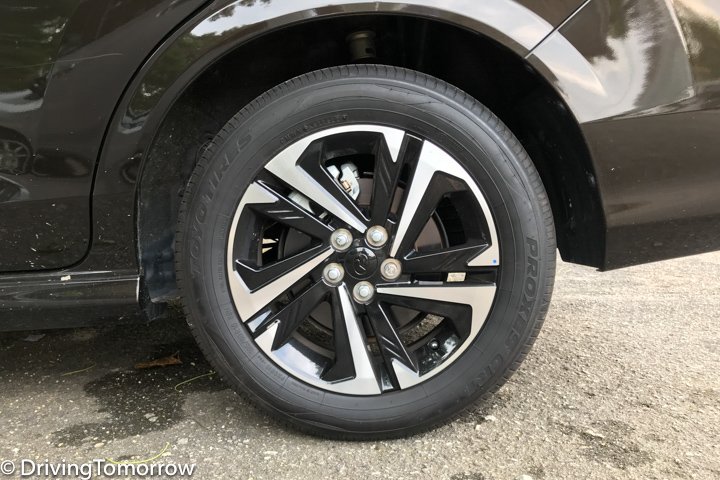
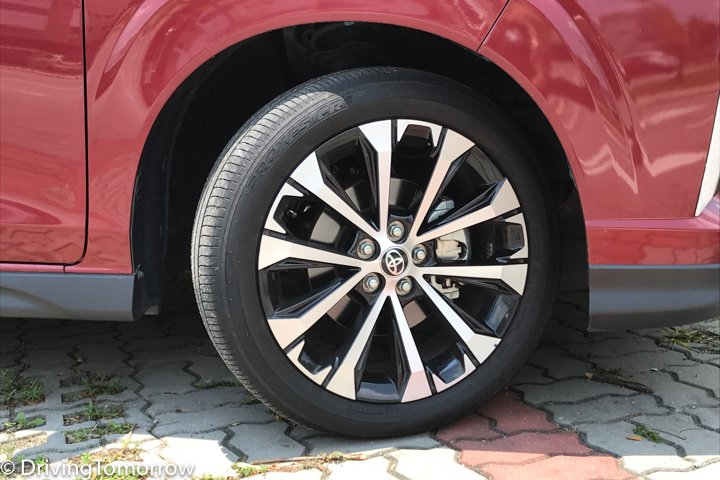

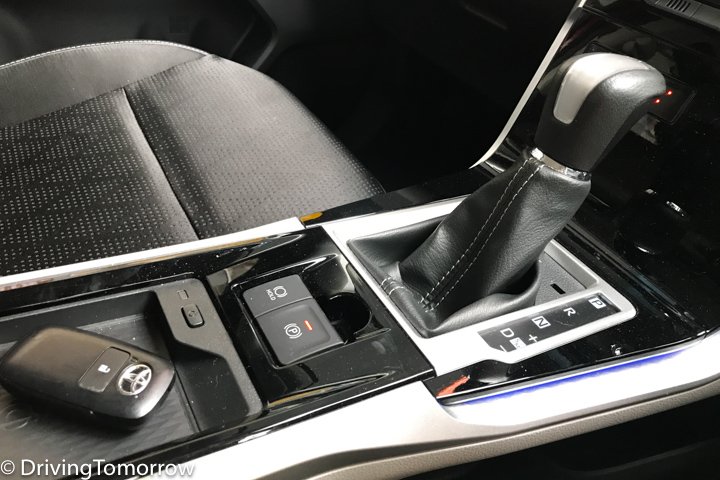


Inside, both have nine-inch infotainment monitors with 360º cameras. The Veloz has a more sophisticated monitor and camera which gives options like viewing direction. Both cars have Apple CarPlay and Android Auto but it’s wireless in the Veloz while the Alza requires a cable. Despite the cable, the CarPlay connection in the Alza was not stable. While on Waze, mid-journey, the blue arrow as well as voice directions would stop which was frustrating. Sometimes it would not connect at all, another frustration.
In the Toyota, navigation is included. There is also a Qi wireless charging tray on the centre console which is also a key/coin tray – the charger is Off by default. The Alza has central locking buttons on the console so no space for a tray nor anywhere to put the phone, especially when plugged in.

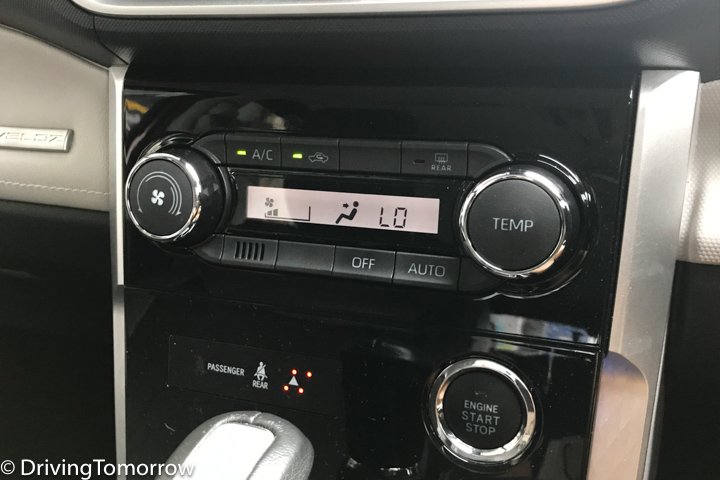
Then there are the cabin comfort controls. The air-con controllers in the Alza are buttons but the Veloz has knobs. The air-con features also vary. In the Veloz, the temperature is a numerical value. In the Alza, it’s a snowflake icon – select bigger snowflake or smaller snowflake to adjust the coldness. The Alza also has two air-con presets, the Veloz doesn’t. In the Alza, you can also adjust airflow direction – to the feet, upper body or windscreen – but in the Veloz, it’s just upper body. Both have overhead, fan speed and direction adjustable air vents for the rear two rows. Both had efficient air-conditioning that tackled the blistering heat very quickly.
The other differences are cosmetic like the interior schemes. The Alza has black and brown combination leather with a black and brown dashboard while the Veloz has black combination leather seats and light grey and black dashboard. The steering wheels look the same but there are minor differences in the placement of function buttons.
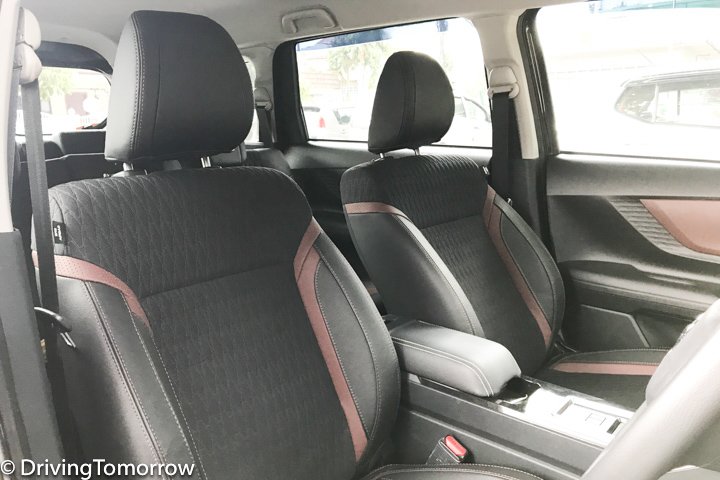
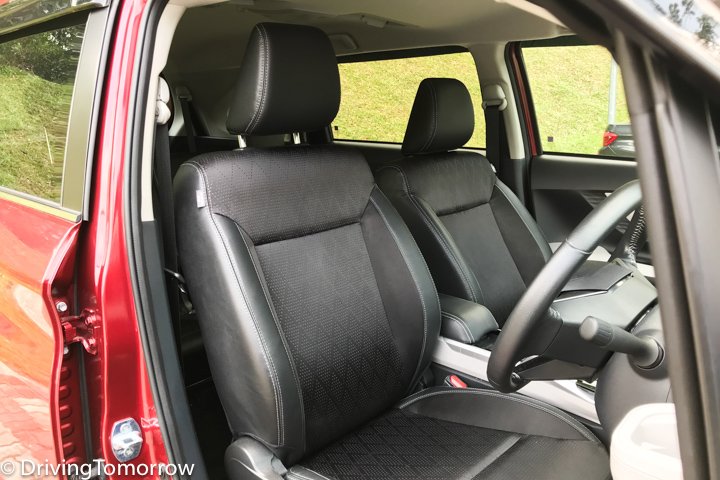
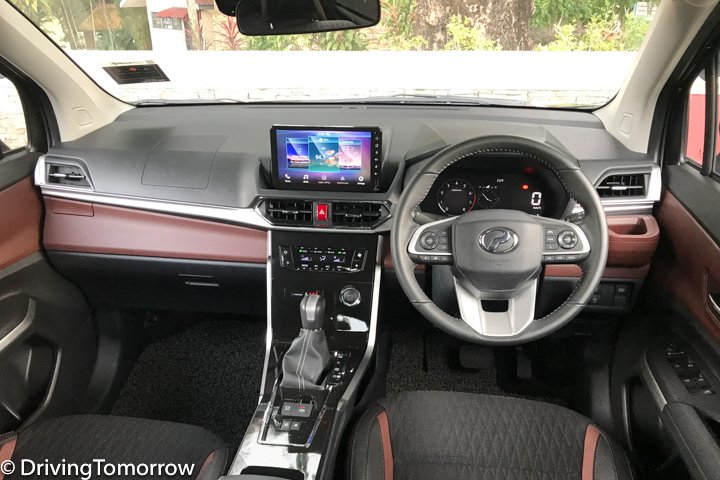
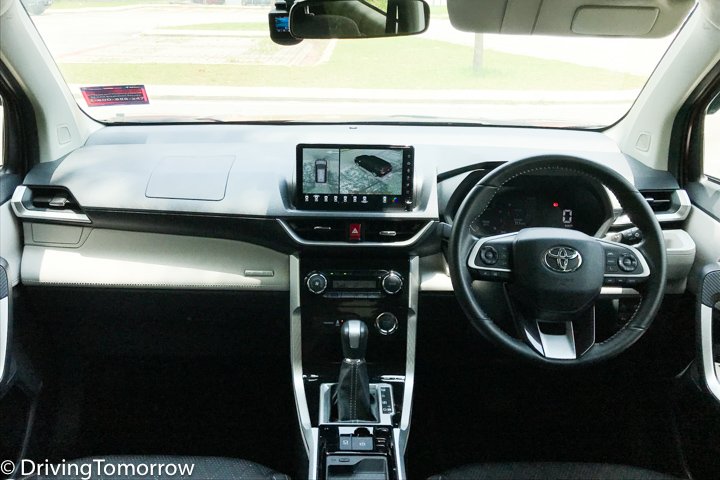



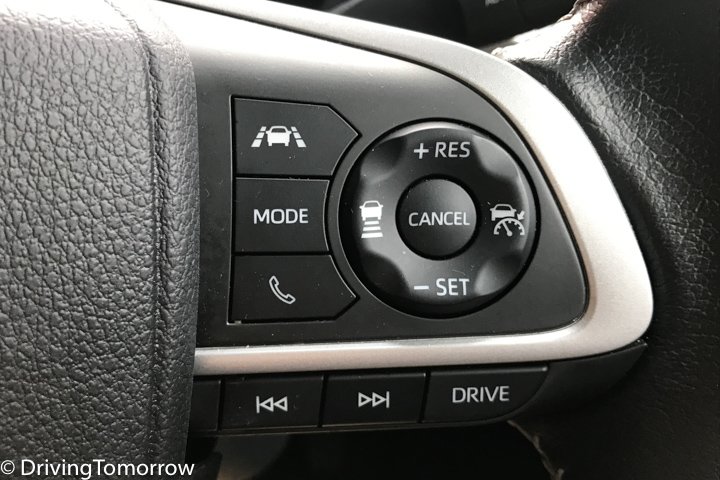

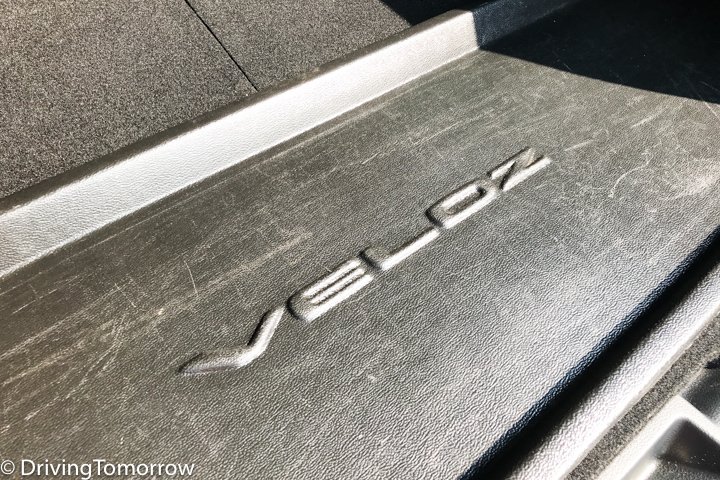
Which one should I get?
Paying RM19,500, or an additional RM430 a month over seven years for a different badge, interior colour scheme and a few equipment differences might not seem worth it but throw in Toyota’s much vaunted service efficiency and the scales tip the other way.
If you don’t have RM430 to spare a month, then it’s easy. If you do but are still undecided, our verdict: go for the Toyota Veloz.
Perodua Alza or Toyota Veloz: features in common



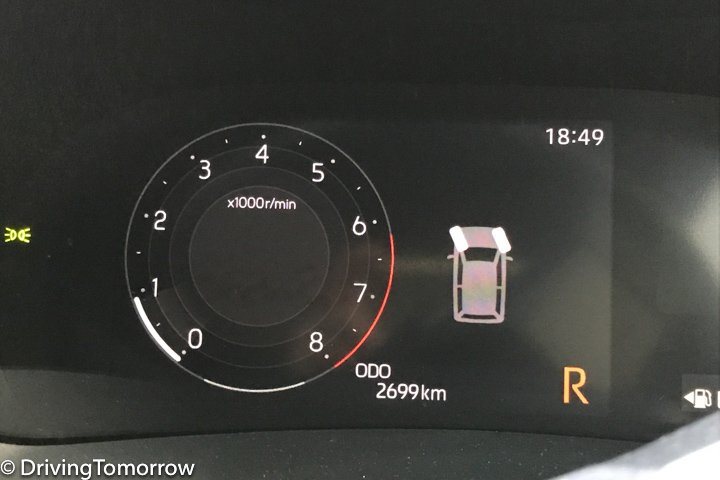
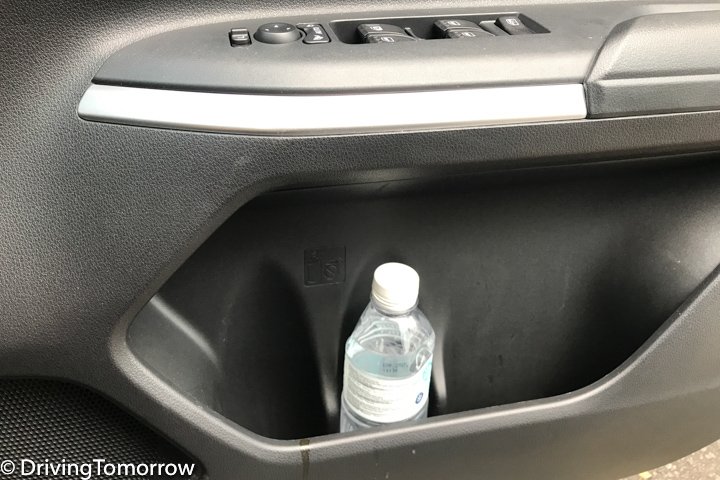

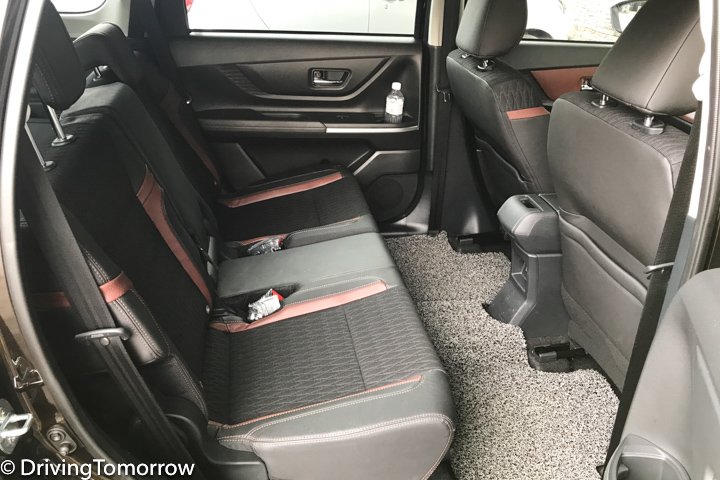

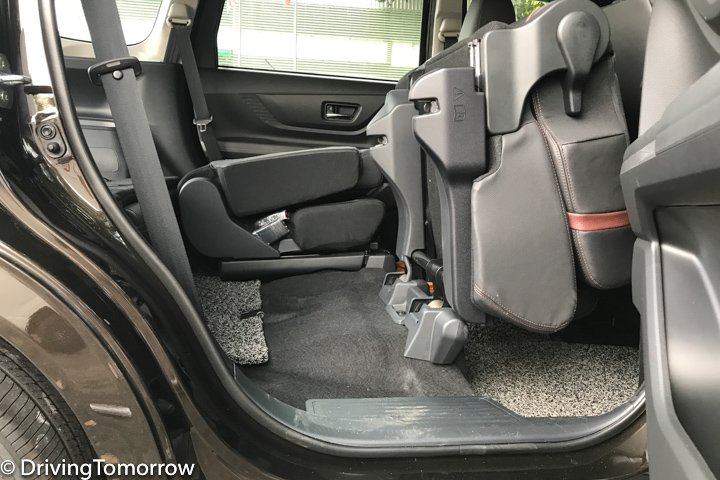
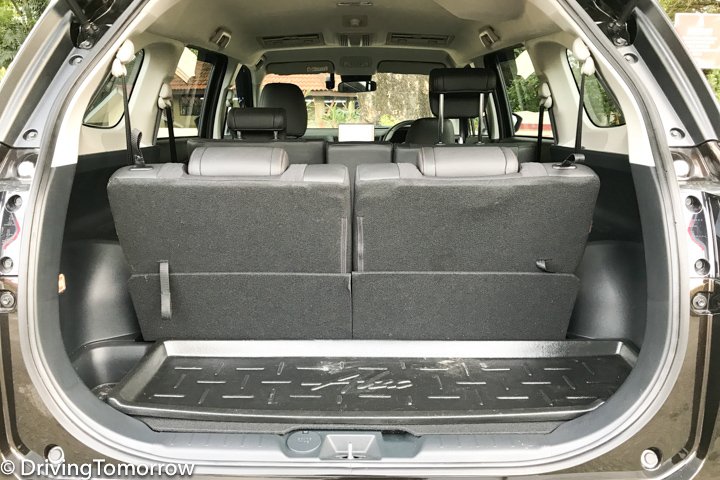
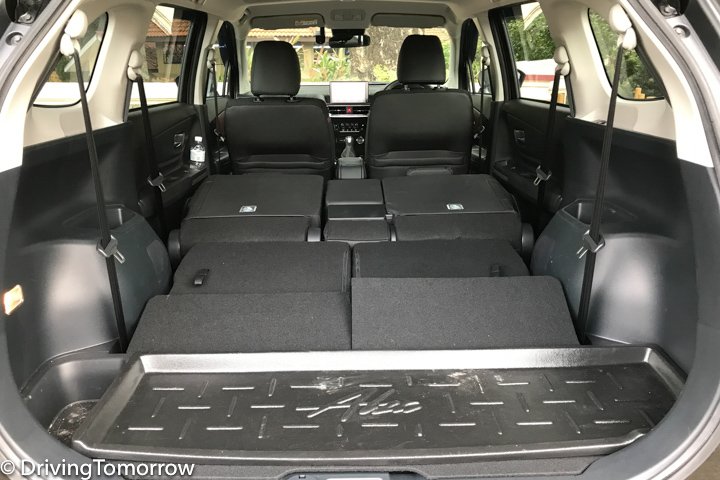


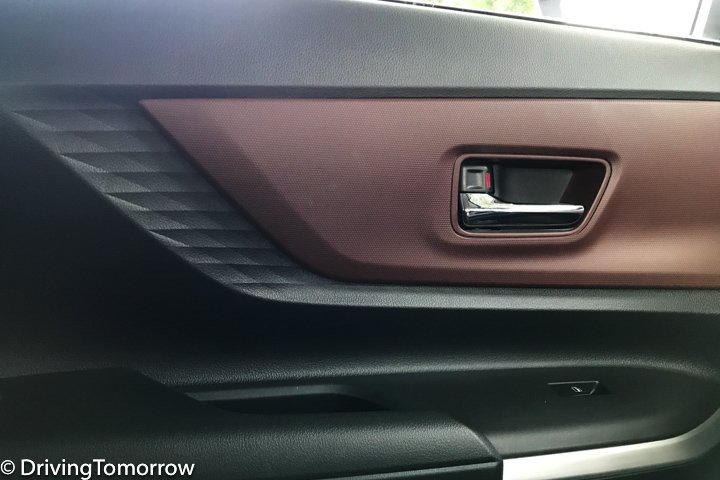
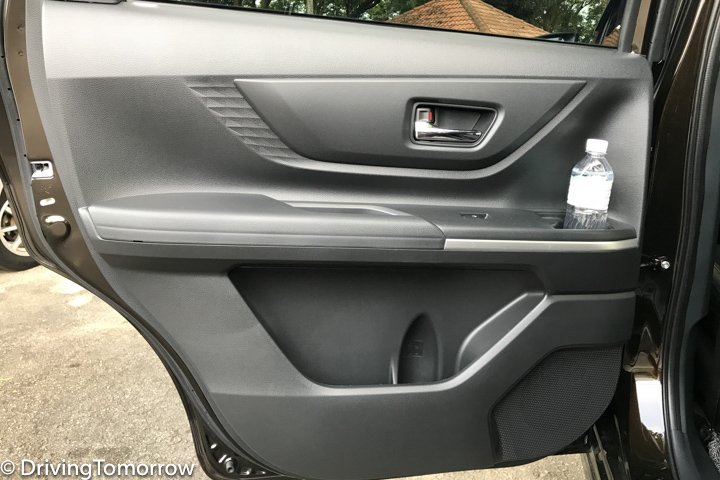

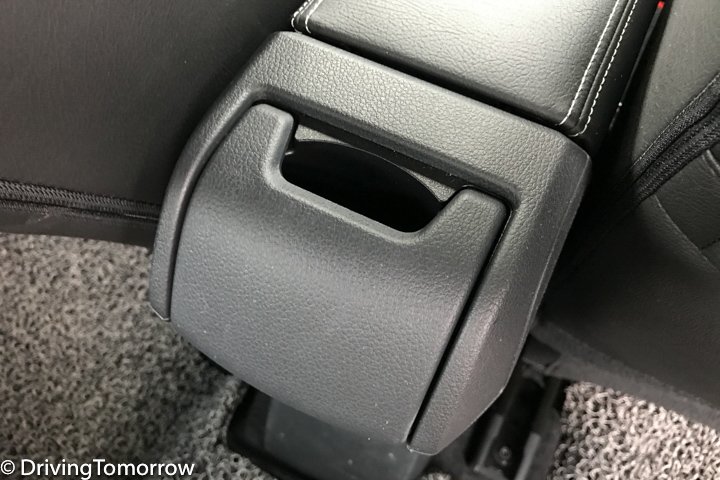

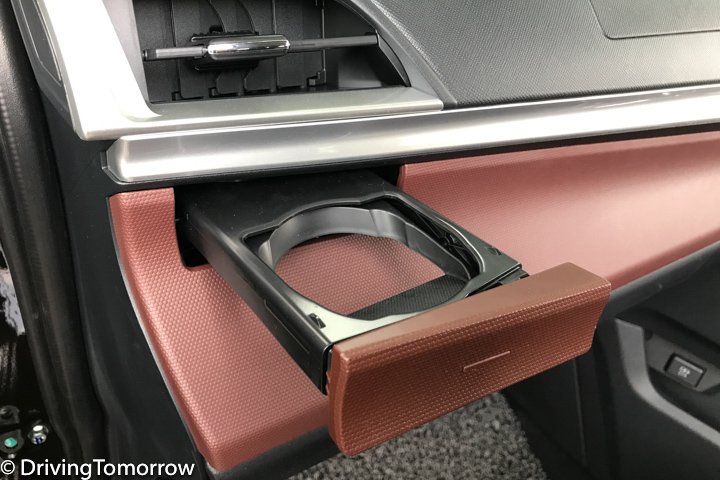
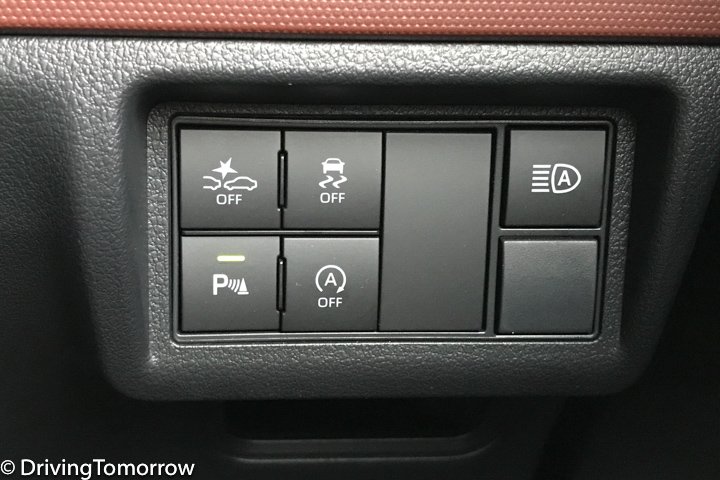

| Perodua Alza AV | Toyota Veloz 1.5 | |
| Price | RM75,500 | RM95,000 |
| Engine | 1496cc | 1496cc |
| Power | 105bhp | 105bhp |
| Torque | 138Nm | 138Nm |
| Gearbox | D-CVT | D-CVT |
| Top speed | NA | NA |




